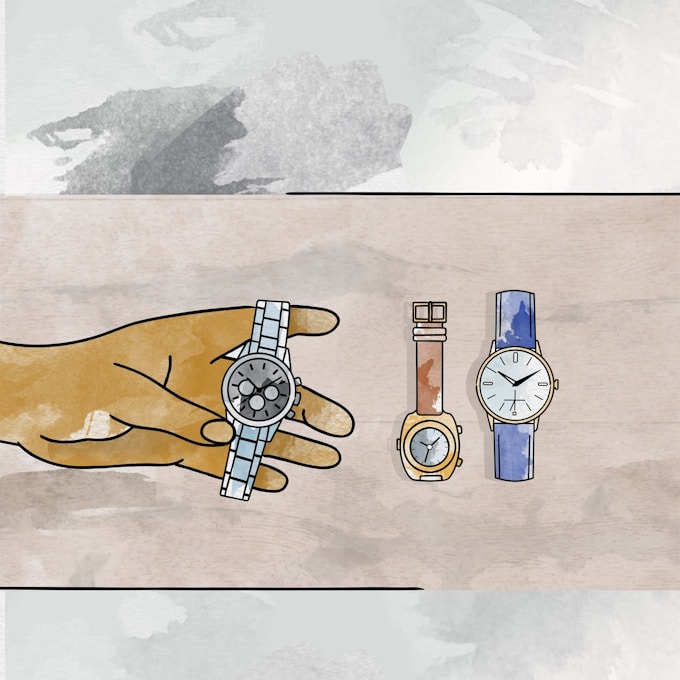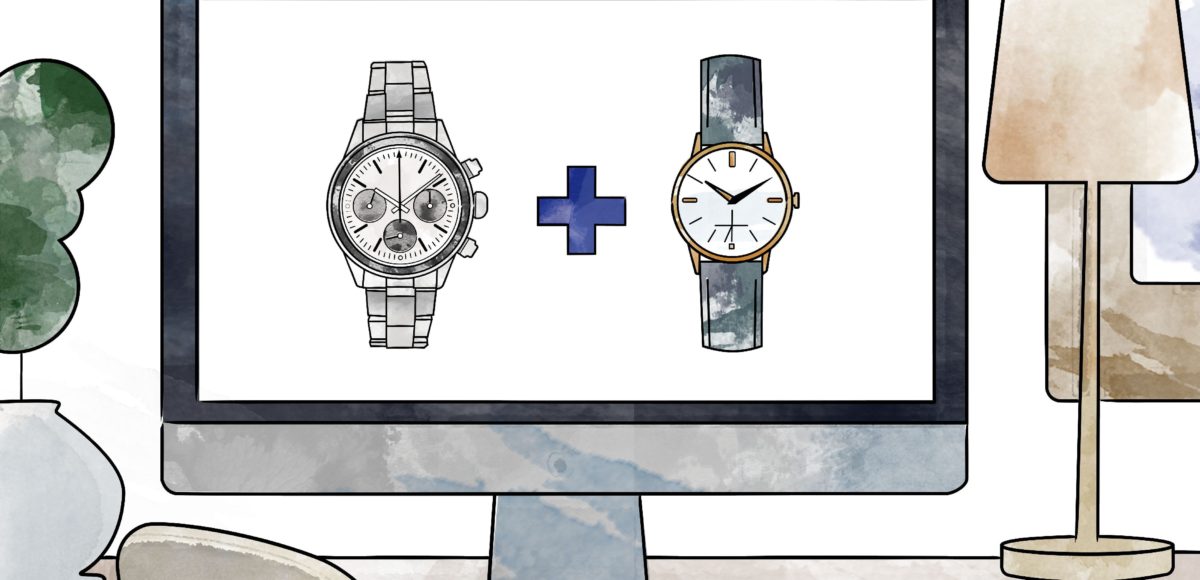How To Set Your Watch’s Value With HODINKEE Insurance
Plus, answers to other FAQs from our in-house insurance specialist.
Originally published by Pedro Vidal on HODINKEE, July 12th 2021
Hey there! Pedro here from HODINKEE Insurance. It’s hard to believe that our insurance program has only been live for less than a year – we’ve done so much! Whether you’ve just shown interest or have become a client of ours, we thank you for your questions, feedback, and continued support.
If you haven’t signed up yet, maybe you’re wondering: Do I have to get an appraisal or provide proof of purchase? I can just imagine you desperately rummaging through your dresser drawers looking for a crinkled receipt from a little boutique you discovered while traveling through Europe. Fear not.
HODINKEE Insurance only requires appraisals for watches over $100,000 in value. We can offer an internal appraisal at no extra cost through our own vintage and modern watch dealers. If you have a bill of sale or receipt for your purchase, you don’t need an appraisal even if it’s over $100k in value.
So that answers that. Here are answers to some other frequently asked questions.

How do I determine the value I set for my watch?
No matter the situation, in the event of a loss, you would never be paid out more than the total value of the items you have listed in your policy – this is also known as the policy limit.
When you only have one watch you should insure it at its full current market value. That’s because the one watch’s value will also be the total amount of coverage – and, thus, the policy limit.
When you insure multiple watches, you can benefit in certain situations from market value protection that insures a watch up to 150% of its value, subject to the total amount of coverage. Say you have a two-watch collection, for example a new 2021 Rolex Submariner purchased at $8,100 and a vintage 1970s Cartier Santos-Dumont purchased at $9,500. Your insurance policy would be issued with a $17,600 policy limit, or total amount of coverage. Now say your Submariner was stolen and, at the time of loss, it had increased in value to $12,150. With the market value protection adding 150% appreciation protection up to the policy limit, in this example you’d be insured up to $12,150.
Are there any discounts available or ways to lower my quoted premium?
In some situations, if your quote comes back higher than expected, you could have a couple of ways to lower your premium.
If you take certain security measures to better protect your insured watches, you may qualify for a premium discount or reduced rate. You may want to consider installing an alarm system and a home safe that’s bolted in (or that has a demonstrable minimum weight of 750 pounds), or keeping a list of watches stored and rotated in and out of a security deposit box at a bank vault.
Whether you have a small collection of watches or a larger one, you still may qualify for the 150% market value protection – which means that in the event of a loss, you’d be paid out up to an extra 50%, up to the policy limit, if the watch’s value had increased in value at the time of loss. Replacement value for the market protection would be determined via quote or invoice from the authorized dealer, watch retailer, or specialist vendor of your choice. With the 150% market value protection, you can rest assured you will never get less than the value listed on your policy – and that, in certain cases, you’ll have flexibility in the event your watch appreciates in value at the time of loss.

Got it? No? Here’s an example.
Let’s say you have two watches, an Omega Speedmaster insured for $5,000 and a Rolex GMT-Master II insured for $15,000. You have a loss to the Speedmaster and you find out it’s actually going for $7,000 in the secondary market. With the 150% protection up the policy limit, you’ll be covered for $7,000 in this covered loss example. Just remember, if your total coverage is $20,000 for these two watches, that is your total policy limit – so if something were to happen to the entire collection, the most you would be paid out if both suffered a covered loss is $20,000 (the coverage total and policy limit).
The 150% market protection means you have the flexibility with how often you adjust the values of your watches. While it’s a good idea to review values at least once a year, some collectors prefer to follow changes more closely. And if you’re watching the market and taking note of any increases in value (or decreases, for that matter), you can update your watch values at any time throughout your policy term.
What happens when I sell a watch?
We’re collectors, too, so we understand that you not only buy your watches but also sell them. When you sell a watch, you can simply remove it from your policy and then receive a prorated refund. That’s why we made our program digital, so you can have the flexibility to manage your watch collection on the fly, whether on the app or on the site, and you can rest assured that your watch collection is covered and protected worldwide against theft, damage, and loss.
For more information about HODINKEE Insurance, click here.
This document is advisory in nature and is offered as a resource to be used together with your professional insurance advisors in maintaining a loss prevention program.
Get More Articles Like This in Your Inbox
We're constantly creating great content like this. So, why not get it delivered directly to your inbox? By subscribing you agree to our Privacy Policy but you can unsubscribe at any time.






